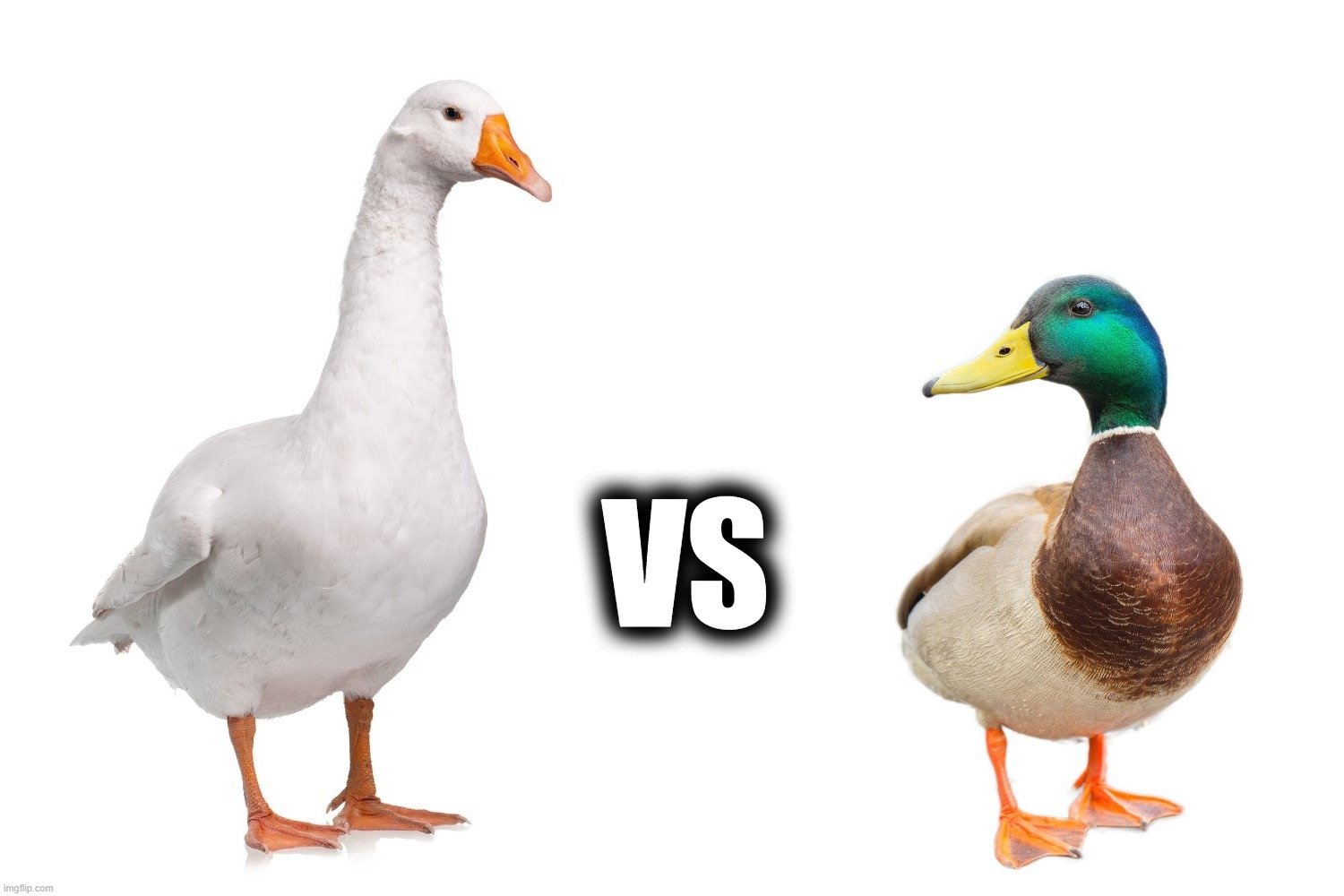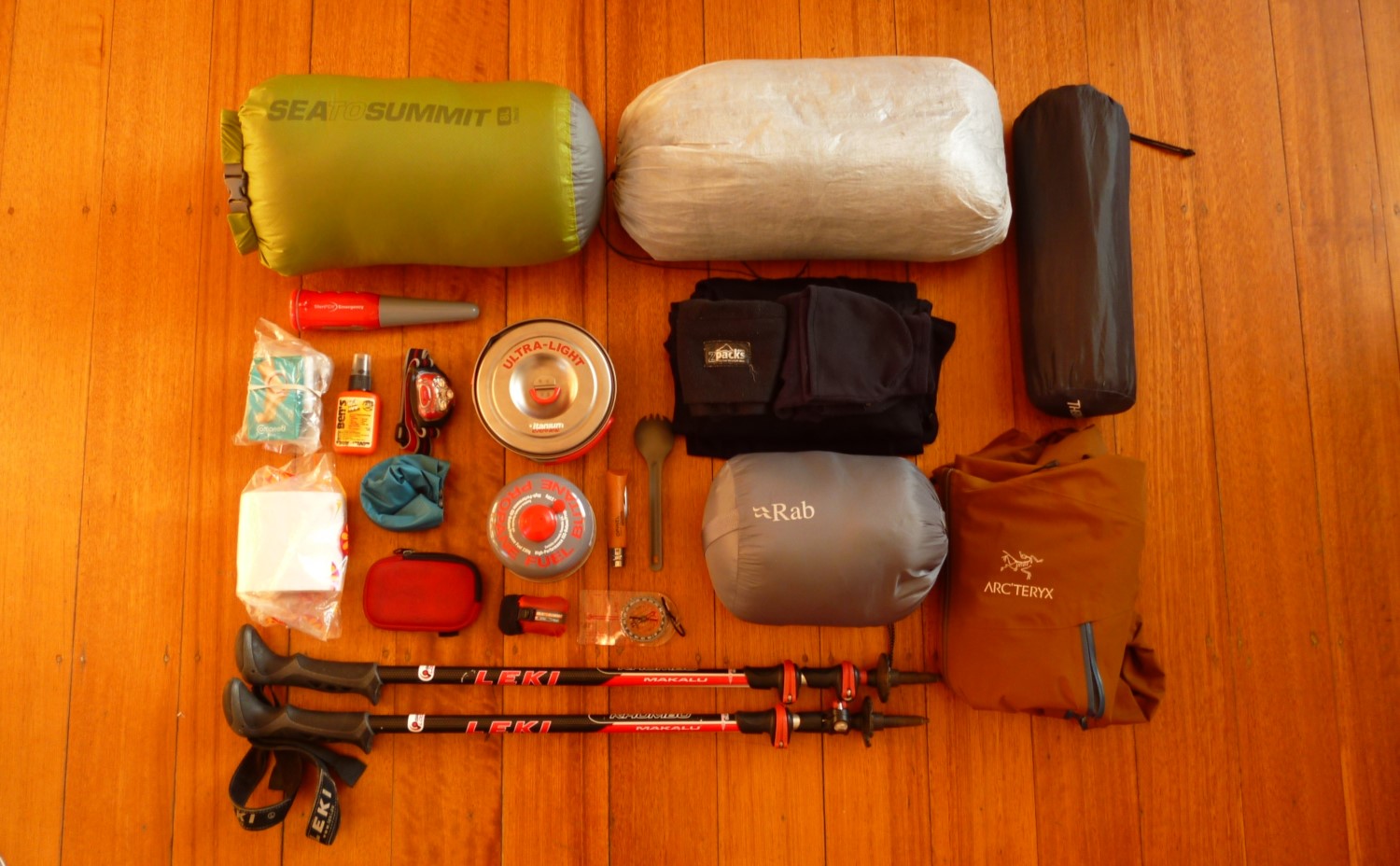Goose Down vs Duck Down — WTF is the Difference?
JUMP TO: WHAT IS DOWN / WHY USE DOWN / WHERE IS DOWN SOURCED / DUCK IS LESS EXPENSIVE / GOOSE HAS HIGHER FILL POWER / DUCK HAS STRONGER ODORS / SUMMARY
Author: Sam Brilleman
When shopping for insulated outdoor clothing, sleeping bags, or backpacking quilts, you may see both goose down and duck down mentioned.
Both have natural properties that make them great insulators but there are a few differences. So, in this article we break down the details for you.
What is down?
Goose down and duck down both refer to the down fibres found beneath the exterior feathers of the bird. The down fibres are found predominantly on the underside of the bird – i.e. chest and belly – where they provide insulation.
Down fibres are quite distinct from feathers. Down plumes are soft, light, airy clusters, which is the reason that down is such a great insulating material. In contrast, feathers are flatter, tougher, and have a shaft and quill down the middle – meaning they perform much worse as an insulator (but perform other functions well – like helping the bird shed water or fly!).
CLOSE UP IMAGE OF A DOWN PLUME — light and airy! PHOTO CREDIT: FEATHERED FRIENDS.
Why use down for outdoor clothing?
The construction of a down plume is such that it is naturally lofty – trapping air within the cluster and creating an insulating barrier.
In fact, down is so efficient at that job that natural down materials provide better insulation (per ounce of weight) than any synthetic insulating material on the market. It truly is nature at its unbeatable best.
Synthetic insulators do have their own advantages – for example, greater water resistance and durability than down. But to date, the outdoors industry hasn’t been able to create a synthetic insulation that achieves greater warmth per ounce of weight than high quality down.
For this reason, down is still commonly used in insulated products such as jackets, sleeping bags, and quilts, where warmth for weight can be a more important consideration than a characteristic like increased water resistance.
Where is down sourced from?
MEAT INDUSTRY & HARVESTING: The majority of down used in the outdoor industry is obtained as a by-product from the meat industry. There is also a very small amount of down obtained using ethical harvesting methods that rely on seasonal collection of the down as the birds shed it after winter.
ETHICAL DOWN STANDARDS: It is always best to purchase from manufacturers and retailers who use ethically sourced down. If a company is sourcing down from an ethical supplier, they will probably state it on their website. Two of the most common certifications for ethically sourced down are the Responsible Down Standard and the Global Traceable Down Standard.
These standards help to ensure that the animals are treated in a humane way and don’t undergo any undue harm. This means the absence of terrible practices like force feeding and live plucking, amongst other things. So, where possible, it is best to purchase your products from companies with suppliers adhering to these standards.
Duck is more easily sourced (and so less expensive)
DUCK DOWN = GREATER SUPPLY = LOWER COST: Of course, duck is a much more common dish than goose, especially in Asia. So, duck down (being a by-product of the meat industry) is in much greater supply than goose down. This relative over-supply of duck down, and corresponding under-supply of goose down, means that goose down is relatively more expensive than duck down for a given quality.
As we mention in the next section, quality is a partially measured through something known as “fill power”. So, assuming you are looking two otherwise identical garments made from the same fill power down – one insulated with duck and the other with goose – then the duck down garment will likely be less expensive and therefore a more attractive choice (assuming all other things equal!).
QUALITY IS BOUNDED FOR DUCK DOWN: But this doesn’t always mean you’ll tend towards duck down. The reason being that duck down is limited in the quality – or warmth-for-weight – it can provide. Which brings us to the next section…
Goose has higher maximum fill power (warmth-for-weight)
WHAT IS FILL POWER? To truly understand where goose down excels, we need to understand fill power. Technically, fill power is defined as the amount of volume (in cubic inches) that an ounce of down occupies. In other words, it is a measure of how much loft can be achieved from one ounce of down.
So, the higher the fill power, the more warmth that can be achieved for a given quantity (i.e. weight) of down. Or in backpacking speak — the higher the fill power, the better the warmth-for-weight ratio.
LARGER ANIMAL = LARGER PLUMES: So, why does fill power matter when comparing goose and duck down? Well, geese are larger animals than ducks, and therefore they have larger down plumes.
It is these largest plumes that provide the greatest amount of loft for their weight, and are therefore the most sought after for high-end insulated outdoor products such as down jackets and sleeping bags. So, in other words, because of their differences in size, ducks cannot compete with geese when it comes to getting the largest and loftiest down plumes for a garment.
Of course, each duck or goose will provide a variety of down plumes that vary in size. But at the extreme end of spectrum, geese will always have the largest plumes relative to ducks.
MAXIMUM FILL POWER: So, if you find yourself looking at products that use 850+ fill power down, it will almost certainly be goose down. Some products can even be found using 950 fill power goose down — and these are ideal for gram-counting backpackers looking to achieve the absolute best warmth-for-weight.
… Of course, products made with the highest fill power also come with an associated price tag.
Goose down is pretty much unbeatable when it comes to maximizing warmth for weight, so it makes a great choice for insulated clothing when backpacking.
Duck has stronger odors
There are some who claim that duck down can come with stronger odors than goose down. I’ve never noticed anything like this myself — and I think you’d have to be pretty hyper-sensitive to odors for it to be a thing.
Down plumes (as opposed to feathers) come from the chest and belly of the bird. One theory is that ducks spend more time with their belly against the ground, collecting all the beautiful scents that come from spending time scraping against the muck. Of course, both geese and ducks are ground dwelling, but geese’s bellies aren’t as close to the ground. Another theory is that ducks have a mixed diet, whereas geese only eat grass, and this can contribute to differences in odor too.
Of course, down fill undergoes a significant amount of treatment and cleaning before it is used in outdoor garments and products – assuming you are buying from a reputable brand. And so I think it is relatively unlikely that you will be able to pick up any residual scent, at least not to any level that you’d find it offensive.
Summary
Both goose down and duck down are super impressive natural insulators that can’t be beaten when it comes to warmth for weight.
At lower quality fill powers (e.g. less than 800), both goose down and duck down should perform equally well and chances are you – or the manufacturer you are purchasing from – might be drawn towards duck down due to its greater supply and associated lower cost.
But at higher fill powers (e.g. 800 and above), it is goose down that begins to excel – the larger plumes mean greater loft, and so it is goose down alone that provides the loft required for top of the line outdoor clothing and sleeping bags that maximize warmth for weight.
But with higher fill power comes a higher price tag, so you’ll need to be prepared to pay for the best!
MORE INFORMATION
Want to see some of the best outdoor products manufactured from goose down and duck down? Then head over to our reviews of the Best Down Jackets, Best Sleeping Bags, and Best Backpacking Quilts.
Looking for more information on hiking and backpacking? Be sure to check out some of our other tips and gear reviews:
Or check out our entire Gear Reviews Page, our Knowledge Base Articles, or Destination Guides for more hiking, backpacking, and outdoors related content.
Happy hiking and take care out there in the wild!





















